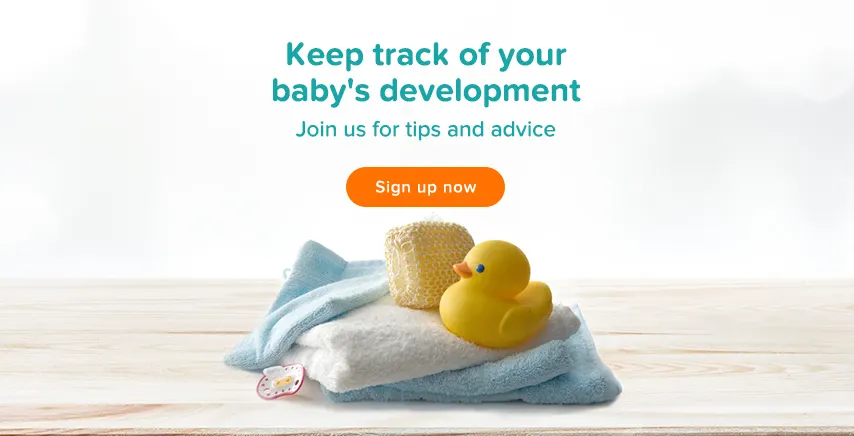Reducing Our Environmental Impact
Better nappies with less materials
The biggest opportunity to reduce environmental impact is to focus on reducing materials; this is based on studies by Government agencies (like DEFRA in the UK) and Pampers.
Pampers diapers today use significantly less materials than before. For example, we have decreased the weight and packaging of our diapers by almost 50% in Europe and in North America over the past two decades and we're working to further improve this
Pampers is also eliminating the use of cardboard boxes in favour of bags (already started in parts ofthe UK). Parents are telling us they like the bags because they are easier to carry and doing this will save more than 80% of packaging material and nearly 10% in plastic. Changing from boxes to bags will also result in fewer lorries on the road, saving up to 162 tons of CO2
Smarter manufacturing means less resources needed to make our diapers
Between 2009 and 2014 we have reduced:
Manufacturing waste by 78%
CO2 emissions by 9%
Energy consumption by 8%
Water consumption by 4% (per unit of production)
Today, 10 of our factories are operating at zero waste to landfill, which means that nothing that enters those factories is wasted. Our aim is that eventually every Pampers site will follow suit. In order to do this, we are constantly finding innovative ways to re-purpose, recycle or reuse our waste. For example:
In Saudi Arabia, scraps from the absorbent materials that keep your baby dry are used for preserving water in desert areas
In Germany, plastic offcuts are repurposed into plant pots!
Renewable energy, sustainable sourcing
In 2014, one of our largest factories in Targowek, Poland, became the first Pampers plant to use 100% electricity from renewable sources like sunshine, wind and water. We won't stop here, and are working to do the same at more of our plants
We are committed to using sustainably sourced materials, while maintaining superior performance and highest standards of safety for babies

